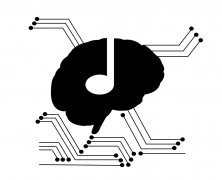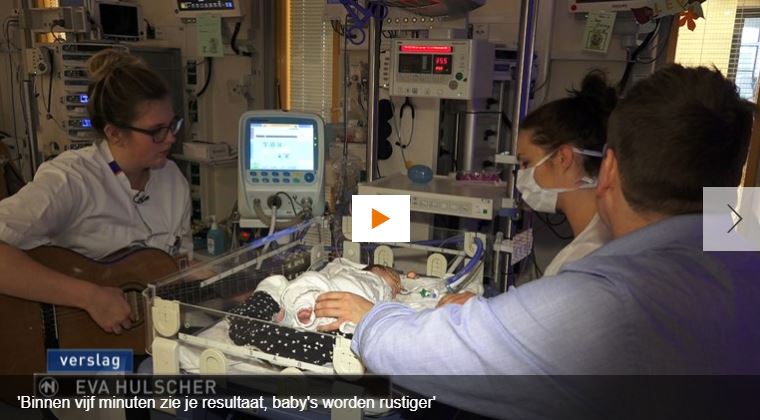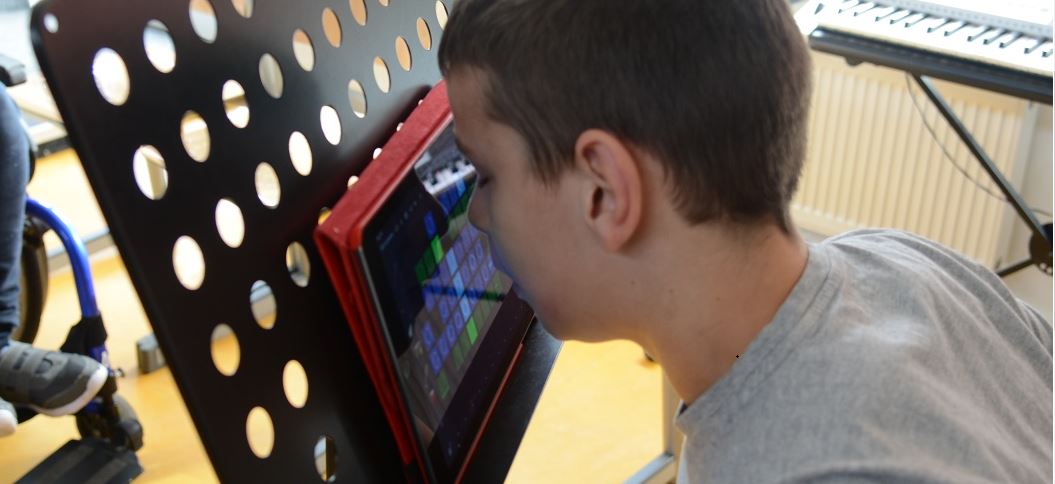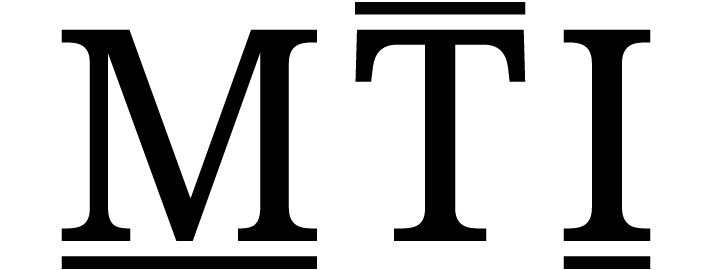Professorship
Healthy aging starts at birth

How does humanity create a system that allows diverse world views to shape the future?
Clinical Neuromusicology has received increasing interest in the past decades. Of note are active participation and music making in forms of music therapy and/or general music interventions as well as music education in clinical and non-clinical populations. This developing interest links to current priority areas institutionally as well as societal merging health behaviour, mental health, societal participation, neonatology, aging, the quality of care, neural development and cognition as well as personalised and digitalised medicine and methodology development in clinical treatment, research and education. In light of this, clinical Neuromusicology focuses on the influences of music in the treatment of patients, academic medical research and bridges the gap towards health care related innovation and development by providing medical education, leading to a contextual understanding of health care related (technological) approaches and a multi-faculty approach towards excellence, openness and integrity.
Sector Building: Healthcare, Therapies and developmental factors
Therapeutic interventions as we know them, are changing. Through the advent of technological development and e-health, new questions have been raised into our understanding of the human body and its interaction with AI-based and machine learning algorithms in a cybernetic space. Do we need a new type of human body, or does embodied cognition offer an entrance into the cross road between the analogue and the digital? We therefore have to challenge current therapeutic trends, which increasingly venture from e-health, to a post-screen environment, where biosensors, will inform both the patient as well as the therapist: both are plugged into the same Extended Reality through biosensors measuring heart rate, puls, brain waves, O2 saturation and other biomarkers, translating them to the ‘other’, leaving a screen based user interface and exchange biomarkers, and thus bridging the digital gap through biosensors, with music as its vehicle to promote learning, health and wellbeing.
Creative AI challenges the way we amalgamate technology, music-based therapies and interventions, theory and clinical skills in order to transform the ways we create, perform, analyse, disseminate and learn about clinical Neuromusicological Application in Paediatrics and Neonatology.
Generally, there are at least two layers, when it comes to the arts and technology and digitalization; on the one hand the interaction between the arts and technology and digitalization and on the other technology as art. Investigating the implementation of technology and more so creative AI for health care, there are multiple challanges, which are beyond writing the code or algorithm. We have to deal with a transition from desktop to metainterfaces. To put it simply, even though the desktop still exists, the interface has moved from the ’office’ to culture. New platforms consist of ever-present media devices, app and an economy of personal attention and displaced networks of clouds and data streams

Human
MTI and Embodied Cognition
Critically reflecting on current practices in Music-based therapies and interventions and steer towards a broader understanding of MTI across the life span;
Acknowledging the different clinical layers and set out to install systematic infrastructures in hospitals, healthcare centers and insurance companies encompassing, the necessity of music in health care and the human capital that comes with it;
Investigating embodied cognition in light of the experience of music and therapeutic interventions;
Aiming to develop affirmative theories and critical strategies to ensure the loin Gevity of Music-based therapies and interventions across the life span.
Machine
Creative AI for Health Care
Critically reflecting and assessing research into digital humanities and creative AI;
Thinking in terms of long-lasting applications, prototypes and documentation towards a paradigm shift within Music therapeutic thinking
Aiming to develop affirmative theories, critical strategies and embodied clinical practices to engage and incorporate music-based therapies and interventions into the digital realm, strengthening, developing and innovating the diverse music therapeutic working processes.
Three pillars of research and education
1. Music-based Therapies and Interventions for social sustainability and healthcare
2. Music-based Therapies and Interventions for the future of intelligence
3. Music-based Therapies and Interventions Innovation Space
Mission
The mission of the professorship/lectoraat in music-based therapies and interventions therefore, approaches these within the context of a digital society, through research and education in
MUSIC (Musical, Unique, Skilled, Innovative, and Collaborative) at the heart of music therapy
Musical: Accumulate the understanding of the mechanisms of music: Research into the specific mechanisms of music as an expressive, enhancing, entraining, and/or aesthetic aspect is essential for a thorough understanding of the mechanisms of music in treatment.
Unique: Integration by focusing on effective and ineffective interventions. Research aims to identify not only effective, but also explicitly ineffective interventions.
Skilled: Cherishing specialisations in different domains.
Innovative: Aiming for impact.
Collaborative: Expanding high-quality collaboration.
The ArtEZ Professorship/Lectoraat Music-based Therapies and Interventions establishes a unique place for higher education and innovative research in music-based therapies and interventions—in the Netherlands, in Europe as well as worldwide. Thus, the Professorship contributes to the further recognition and understanding of music therapy as a specific, unique music-based intervention to support change for client populations who encounter problems on a wide array of pathologies.
Understanding the need of music therapy and how it has been taught up to now at ArtEZ is something the community can be proud of, keeping the flame burning for more than 20 years, with passion, knowledge and expertise. However, as the field is changing, with young minds infusing research, education and practice so are the needs for the future, moving beyond music therapy.
In the end, a songs by Beyoncé played on an iPad application, can be equally as enchanting as Mahler’s Addagieto played on a set of Stradivari.

Bachelor
- Music Therapy: rated as a Top Course in the Dutch study choice guide each year!
- Small-scale, personal and with room for developing your own ideas.
- Focused not only on therapy, but also on musical growth (part of Academy of Music).
- Unique specialisation option in the form of Neurological Music Therapy.
- Focused on scientific evidence and research.
- Lecturers have both feet firmly planted in the professional field.
- Good employment prospects.
For more information about the Bachelor program see Artez Website
Master
Our Master of Music Therapy (MMT) programme, entirely taught in English language, offers professional music therapists the opportunity to advance and innovate their clinical and research expertise in the creative and international environment of ArtEZ University of the Arts. The MMT prepares you to develop expertise and innovative thinking in music therapy applied to clinical practice, community building, technology and research. If you have a degree in Music you may qualify for our one-year Pre-Master of Music Therapy course, which prepares you to apply for the Master of Music Therapy programme.For more information about the Master program see Artez Website
ArtEZ Community
We see it as our challenge to train our students to be people who not only answer questions, but also ask them. People who contribute to future developments in our professional field and who continue to explore the world with an enterprising spirit to discover where their contribution is most meaningful. We embrace technology as a means to extend our reach.

'Within 5 minutes you can see results: babies become calmer'.
Music therapy: vision on the profession
The professional practice of music therapists includes various target groups and numerous work methods. We therefore apply a case study-based learning approach. That way, students encounter the diversity of the professional field early on in their studies.
Vision on music therapists
In our vision, music therapists are accomplished musicians. Accordingly, we choose to be part of the ArtEZ Academy of Music. Music therapists use their musical knowledge and skills in processes of change. Music therapists have an exploratory attitude, focused on catering to the actual needs and possibilities of the individual client, group or organisation. Above all, therapists do this work because they care. Music Therapy is heart work.
Music therapy and science
Recent research has shown that music actually stimulates the brain. The Music Therapy course not only recognises the added value of scientific substantiation, but also actively conducts research.
The health of our students
The ArtEZ Academy of Music pays a great deal of attention to health as part of its music programmes.

